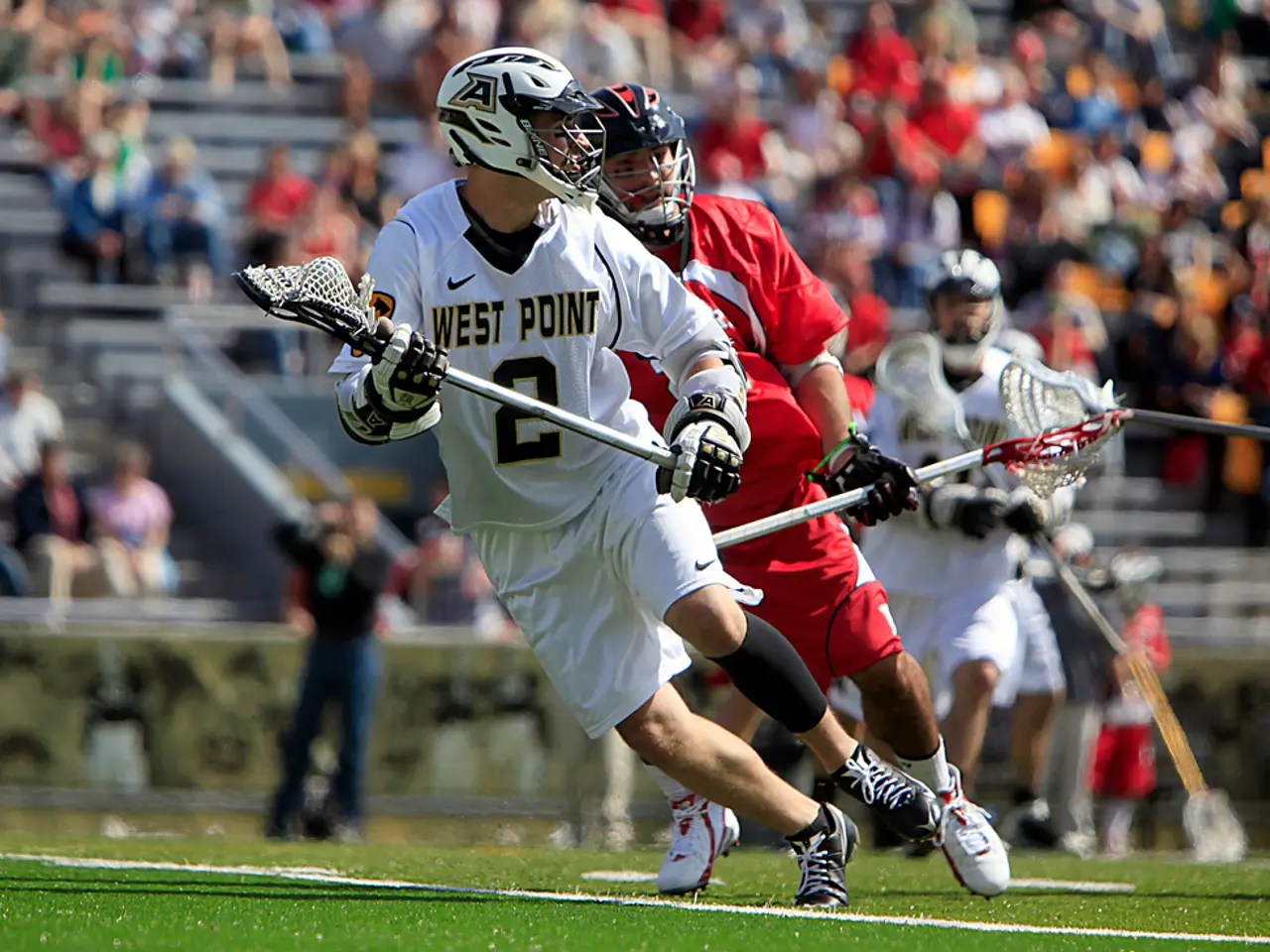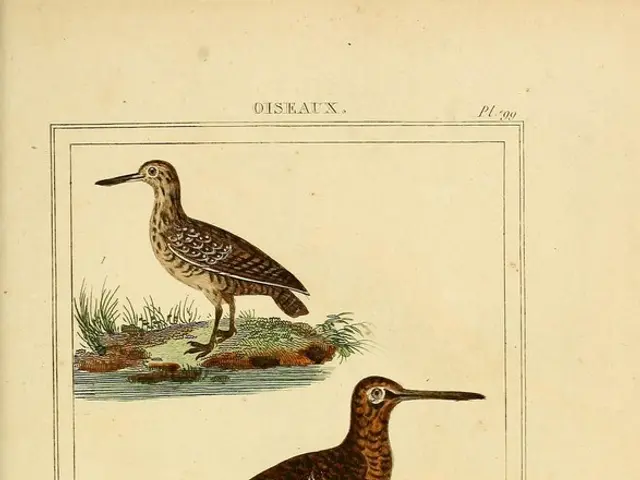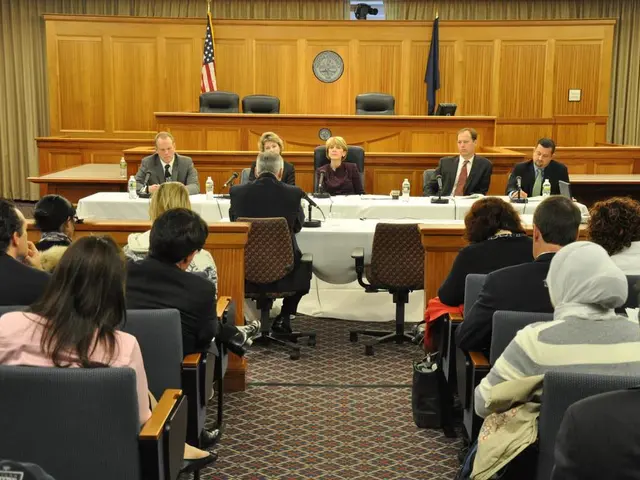Sports Science Uncovers Expert-Novice Differences with Innovative Techniques
Sports science and psychology researchers are delving into expert-novice performance differences using innovative techniques. Eye-tracking and heart rate variability (HRV) are among the tools employed to study visual attention, decision-making, and stress responses in sports like soccer and basketball.
Eye-tracking, when combined with other modalities like breathing analysis and heart rate monitoring, offers comprehensive insights into an athlete's cognitive processes. Meanwhile, heart rate variability (HRV) from ECG provides glimpses into a player's stress levels and cognitive load during play and before competitions.
To understand expert-novice differences fully, multi-modal approaches are necessary. These include using event-related potentials (ERPs) via EEG for motion-in-depth perception and cognitive load assessment, and employing augmented and virtual reality tools for decision-making and mental preparation training.
Careful control selection and study design are vital to ensure valid comparisons between experts and novices. Situational insights, such as the dependence of metrics on practice tedium or game day pressure, are crucial when considering comparisons.
By integrating various techniques like eye-tracking, HRV, EEG, and VR, sports researchers can gain a holistic understanding of expert-novice performance differences. This knowledge can then be used to identify improvement opportunities and enhance training methods in sports.






